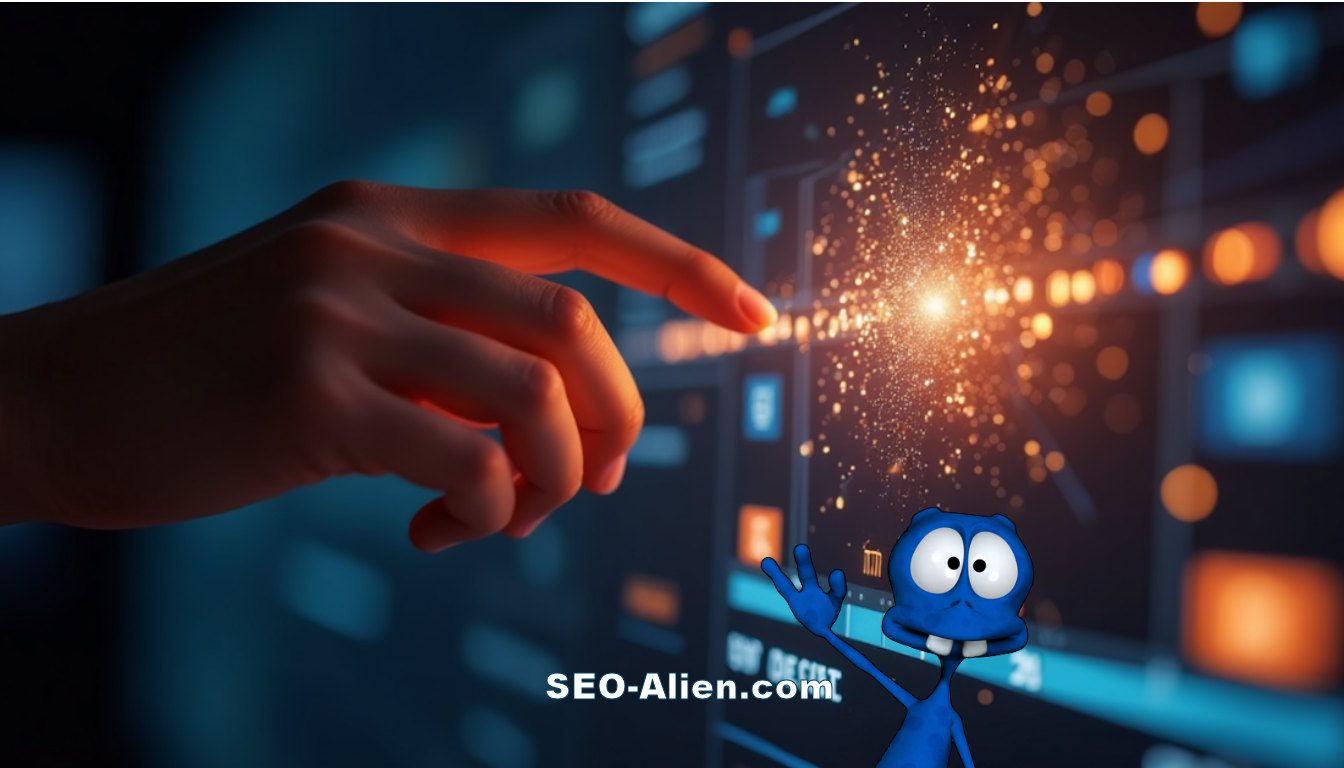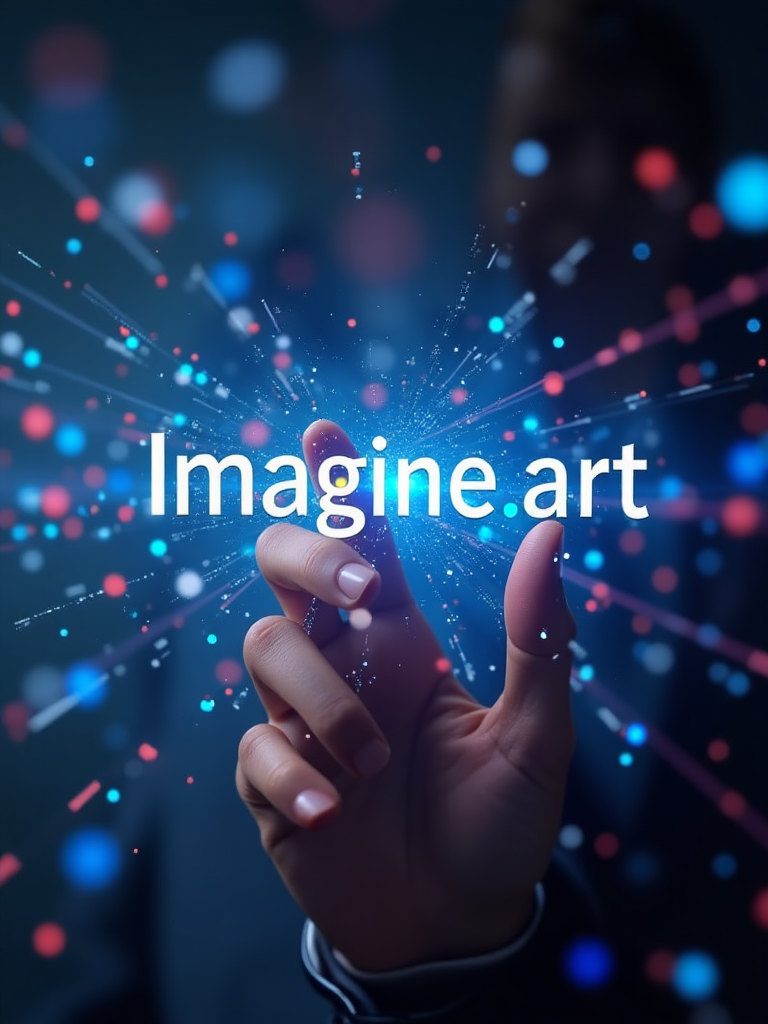In recent years, artificial intelligence (AI) has made significant strides in various creative domains—from generating art and writing articles to composing music. One of the most rapidly developing areas is AI in video editing. With tools and platforms now capable of automating aspects of the video creation process, many are wondering: can AI replace video editors? This question doesn’t just probe the future of a profession—it also speaks to the evolving relationship between technology and creativity.
This article explores the capabilities, limitations, and implications of AI video generators and whether they truly have the potential to replace human video editors.

Image created using imagine.art
The Rise of AI in Creative Industries
AI has become a transformative force in content creation. Technologies like machine learning, deep learning, and neural networks allow computers to learn from vast data sets and perform tasks that traditionally required human intelligence. Video editing is no exception.
AI-driven software can now cut clips, match background music, apply transitions, detect scenes, and even generate subtitles automatically. Some platforms go a step further, creating complete videos from text prompts using pre-designed templates, stock footage, and voiceovers.
This advancement has led to the emergence of the AI video generator, a tool that can automate video production tasks with minimal human intervention.
What Is an AI Video Generator?
An AI video generator is a software application that uses artificial intelligence algorithms to create or edit videos. These tools typically allow users to input raw footage, text, images, or instructions, and the AI processes this data to produce a polished video.
The most advanced AI video generators can:
- Analyze and trim footage based on action or speech
- Generate scripts from text prompts
- Suggest and insert music, effects, and transitions
- Customize branding and text overlays
- Output videos in various formats for different platforms
Platforms like Steve AI, Pictory, Synthesia, Runway, and Lumen5 have made it easier than ever to generate high-quality videos without traditional editing skills. For marketers, educators, and content creators, these tools represent a fast, affordable alternative to hiring professional editors.
Capabilities of AI Video Generators
To understand whether AI can truly replace video editors, it’s important to examine what current tools can do. Below are some of the most impactful features of AI video editors:
1. Automation of Repetitive Tasks
Cutting dead space, syncing audio, removing background noise, and adding subtitles are time-consuming tasks. AI excels at these repetitive functions, dramatically speeding up workflows.
2. Scene Detection and Content Analysis
AI can analyze visual and audio content to identify key moments in a video. For example, it can automatically extract highlights from a sports game or detect applause points in a speech.
3. Text-to-Video Capabilities
Some AI video generators allow users to input text (like a blog post or script), which is then converted into a narrated video with relevant visuals and music.
4. Voiceover and Avatar Integration
Tools like Synthesia use deepface-style avatars to read scripts with realistic facial movements and speech synthesis, providing a near-instant way to create talking-head videos.
5. Scalability
AI tools can generate hundreds of video variations quickly, which is invaluable for businesses that need personalized videos for marketing or customer communication.
Where AI Falls Short
Despite their growing capabilities, AI video generators still have limitations that make it difficult to fully replace human editors—especially for complex or highly creative projects.
1. Lack of Creative Intuition
Human editors make artistic decisions based on mood, tone, pacing, and emotion. While AI can mimic some of these choices, it lacks a true understanding of context and nuance.
2. Limited Flexibility
AI tools often work best within the bounds of their programming. Custom edits, unusual transitions, or experimental styles may be difficult to achieve using standard AI platforms.
3. Quality Control
Although AI can produce impressive results, it may also make mistakes—such as misinterpreting speech, placing irrelevant visuals, or choosing poor transitions. These require manual correction.
4. Human Connection
Certain types of editing, such as documentaries or narrative films, benefit from a human touch that understands storytelling, emotion, and timing. AI hasn’t yet reached a point where it can replicate this kind of insight.
Human + AI: A Hybrid Approach
Rather than replacing video editors, many professionals see AI as a powerful assistant. By handling repetitive and technical tasks, AI allows editors to focus on the creative aspects of their work. This hybrid model is already reshaping the industry.
For example, an editor might use an AI video generator to create a first draft of a marketing video, then refine the pacing, music, and visuals manually. This reduces production time while maintaining high quality.
Industry Perspectives
Professionals in video production have mixed views about AI’s role in their field. Some welcome the technology as a way to streamline projects and reduce costs. Others worry it could lead to job displacement, especially at the lower end of the market.
However, many experts agree that while entry-level editing tasks may be automated, advanced storytelling and creative direction will always need a human touch. Just as Photoshop didn’t eliminate graphic designers, AI is unlikely to make skilled video editors obsolete—it may simply redefine their role.
Real-World Applications
AI video generators are already being used in a variety of industries:
- Marketing: Brands create promotional videos at scale using AI tools, especially for social media.
- Education: Instructors use AI to turn lectures or notes into engaging video lessons.
- E-commerce: Product videos and explainers can be generated automatically.
- News Media: Outlets use AI to summarize and repurpose content for different platforms.
In each of these cases, the use of AI speeds up production while reducing costs, enabling more frequent and diverse video content creation.
Ethical and Legal Considerations
As with other forms of generative AI, using an AI video generator raises ethical and legal questions:
- Copyright: Where does the content come from? Are AI-generated visuals or voiceovers truly original?
- Deep Fakes and Misinformation: Tools that generate realistic avatars or manipulate speech can be used maliciously.
- Job Displacement: Automation could impact employment opportunities for entry-level editors.
Addressing these concerns will be crucial as AI continues to evolve.
The Future of AI in Video Editing
Looking ahead, the role of AI in video editing will continue to grow. Improvements in natural language processing, computer vision, and generative models will likely lead to more advanced tools with even greater creative potential.
However, instead of thinking in binary terms—AI versus human—it’s more productive to imagine a future where both coexist. AI can handle the heavy lifting, while humans provide the soul.
In creative industries, authenticity, emotion, and connection matter. These are traits that, at least for now, remain uniquely human.
Conclusion
So, can AI replace video editors? The answer is both yes and no.
Yes—AI can replace certain aspects of video editing, especially repetitive and formulaic tasks. No—it cannot replace the creative decision-making, emotional intelligence, and storytelling intuition that human editors bring to the table.
The AI video generator is a powerful tool, but it's just that—a tool. Like any other technology, its impact depends on how it’s used. For businesses and individuals looking to save time and resources, AI offers an exciting way to streamline video production. For professional editors, AI is an opportunity to work smarter and focus more on creativity.
Ultimately, the most effective approach will be one that leverages the strengths of both AI and human talent. The future of video editing isn’t one of replacement—it’s one of collaboration.
About the Author:
The SEO-Alien is a project started in 2009 regarding all things online marketing. The site started out more of a diary of predictions, suggestions and references to things I frequently used for online marketing... before social media marketing was even an option.
I hope you find the information and tools presented here useful and something worth sharing with others.
If there is anything else about online marketing or any online advertising strategy you think would be helpful, please let me know.




.png)
